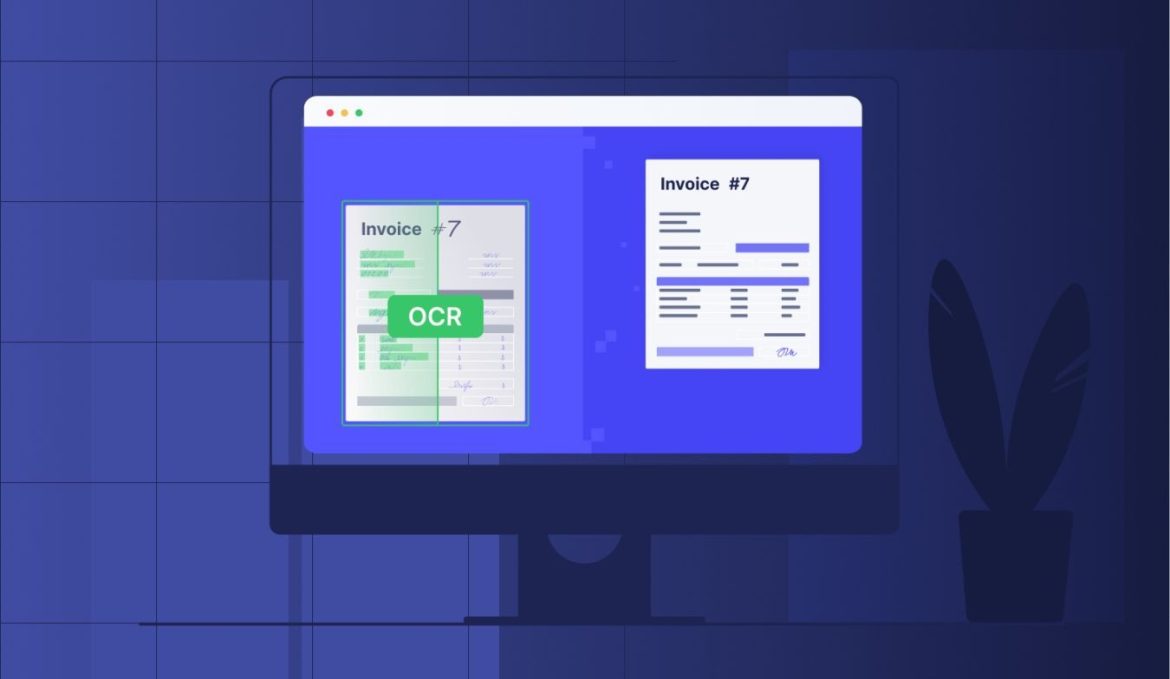Invoice processing is a critical aspect of financial management for businesses, involving the handling and management of invoices for accounts payable and receivable. Traditionally, manual invoice processing has been labor-intensive, error-prone, and time-consuming. However, with the advent of Optical Character Recognition (OCR) technology, businesses can streamline their invoice processing workflows, improving efficiency, accuracy, and cost-effectiveness. In this article, we will explore the applications of OCR for invoice processing and its role in streamlining accounts payable and receivable processes.
Automating Data Extraction
One of the key challenges in invoice processing is extracting relevant data from invoices accurately and efficiently. Manual data entry is not only tedious but also prone to errors, leading to discrepancies in financial records and delays in payment processing. OCR technology addresses this challenge by automating the extraction of data from invoices, such as invoice number, vendor details, invoice date, and line item information.
By leveraging OCR-powered invoice processing solutions, businesses can digitize paper invoices and extract text and numerical data with high precision. This eliminates the need for manual data entry, reducing the risk of errors and accelerating the invoice processing cycle. Moreover, OCR can handle invoices in various formats, including scanned documents, PDFs, and images, making it versatile and adaptable to different business environments.
Improving Accuracy and Compliance
Accuracy and compliance are paramount in invoice processing, particularly in ensuring that invoices are processed correctly and in accordance with regulatory requirements. Manual processing methods are prone to human errors, such as data entry mistakes, duplicate payments, and missed deadlines, which can result in financial losses and compliance violations.
OCR technology improves accuracy and compliance by automating data extraction and validation processes. By extracting data directly from invoices using OCR, businesses can minimize errors and ensure consistency in invoice processing. Additionally, OCR-powered invoice processing solutions can enforce compliance with company policies, tax regulations, and contractual agreements, reducing the risk of non-compliance penalties and audits.
Enhancing Workflow Efficiency
Efficiency is a key driver of success in invoice processing, as delays and bottlenecks can disrupt cash flow and strain supplier relationships. Manual invoice processing workflows are often inefficient, involving manual routing of invoices, approvals, and payments, which can lead to delays and inefficiencies.
OCR technology enhances workflow efficiency by automating repetitive tasks and streamlining the invoice processing cycle. OCR-powered invoice processing solutions can automatically route invoices to the appropriate stakeholders for approval, track payment statuses, and generate reports on invoice processing performance. This not only accelerates the invoice processing cycle but also improves visibility and transparency across the accounts payable and receivable processes.
Conclusion
In conclusion, OCR technology is revolutionizing invoice processing by automating data extraction, improving accuracy and compliance, and enhancing workflow efficiency. By leveraging OCR-powered invoice processing solutions, businesses can streamline their accounts payable and receivable processes, reducing manual effort, minimizing errors, and accelerating payment cycles.
As businesses continue to embrace digital transformation initiatives, OCR will play an increasingly critical role in optimizing financial processes and driving operational efficiency. By harnessing the power of OCR for invoice processing, businesses can unlock cost savings, improve decision-making, and enhance competitiveness in today’s fast-paced business environment.

